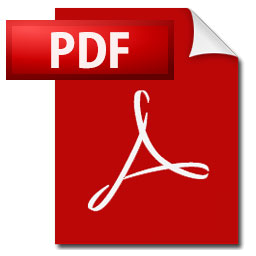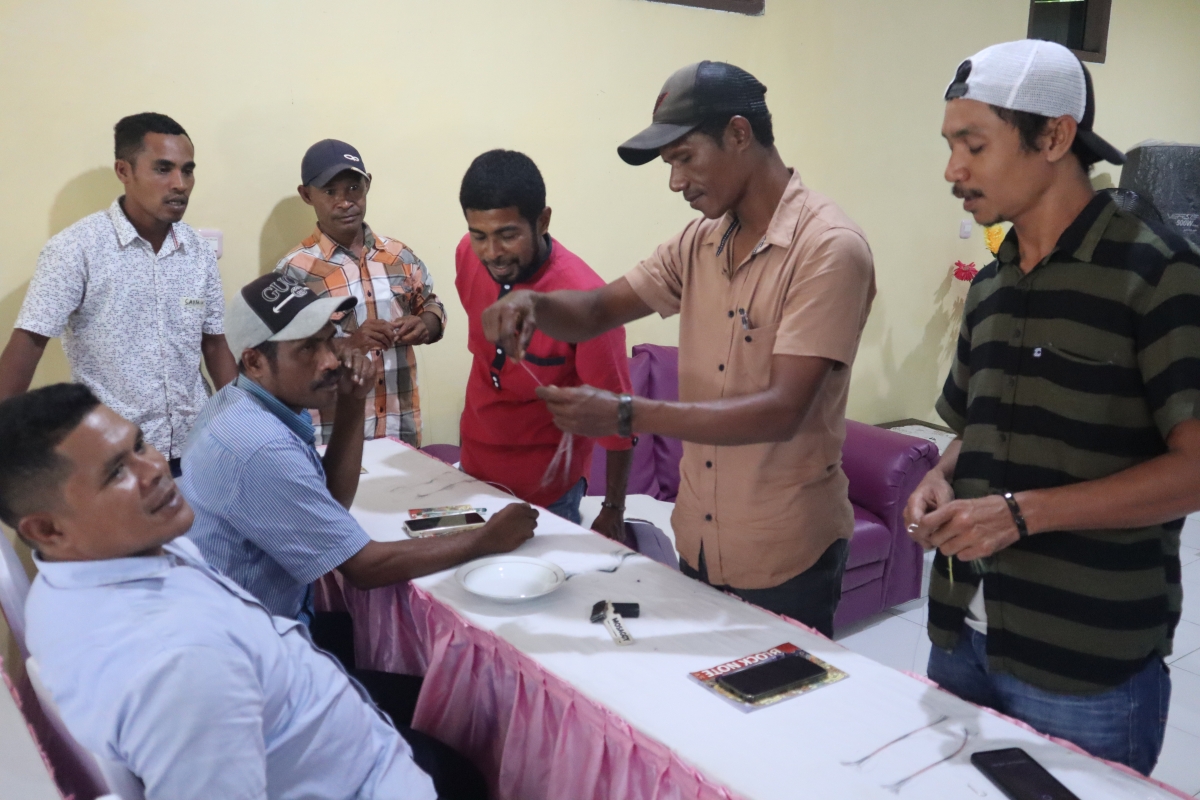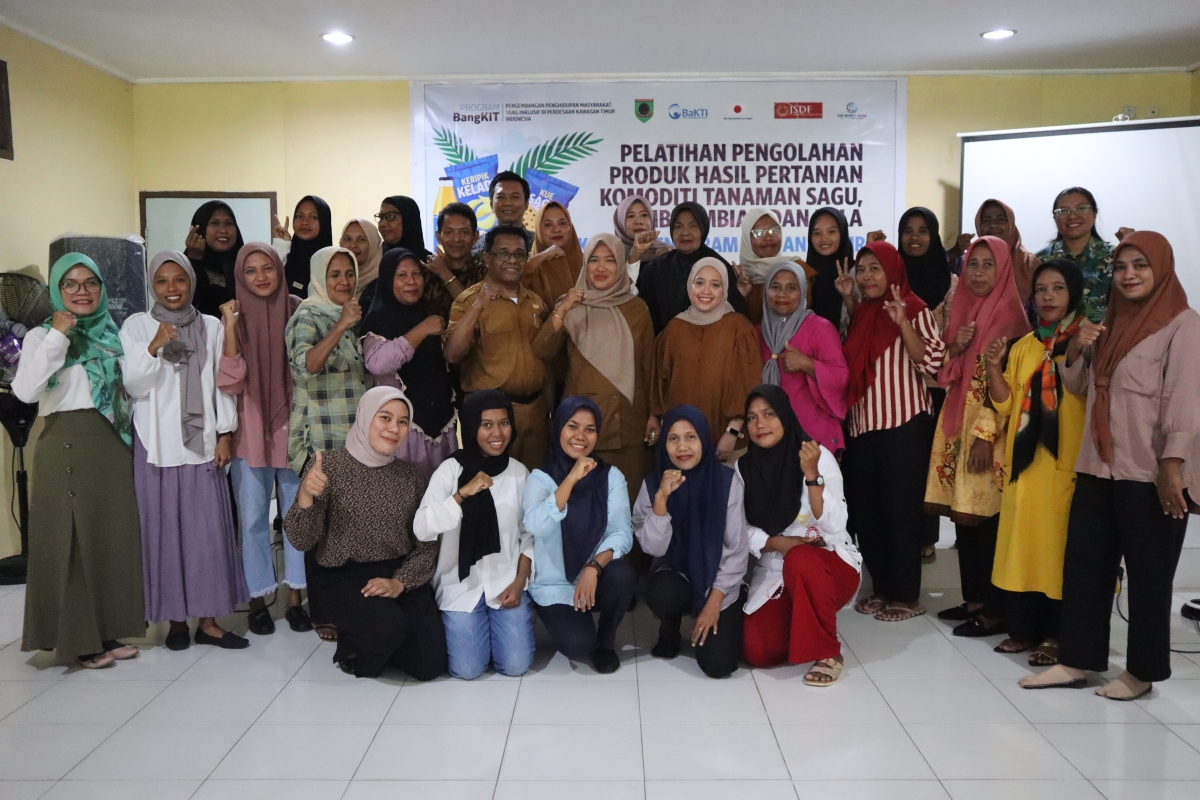Pengembangan Penghidupan Masyarakat yang Inklusif di Perdesaan Kawasan Timur Indonesia (BangKIT
Pengembangan Penghidupan Masyarakat yang Inklusif di Perdesaan Kawasan Timur Indonesia (BangKIT)
Program Pengembangan Penghidupan Masyarakat yang Inklusif di Perdesaan Kawasan Timur Indonesia (Program BangKIT) adalah program Kerja sama Bank Dunia dengan Yayasan Bursa Pengetahuan Kawasan Timur Indonesia (Yayasan BaKTI). Program ini didanai oleh Pemerintah Jepang melalui Japan Social Development Fund (JSDF) yang diadministrasi oleh Bank Dunia dan diimplementasikan oleh Yayasan BaKTI dan bermitra dengan pemerintah desa dan kabupaten di Kabupaten Seram Bagian Timur (Provinsi Maluku) dan Kabupaten Sumba Barat Daya (Provinsi Nusa Tenggara Timur).
Meningkatnya upaya-upaya peningkatan penghidupan masyarakat desa yang dihasilkan melalui mekanisme perencanaan berbasis masyarakat yang partisipatif dan terintegrasi dengan sistem perencanaan desa.
Tujuan Program
Beroperasi hingga tahun 2025, Program BangKIT diharapkan dapat memberi dampak pada meningkatnya penghidupan masyarakat yang berkelanjutan pada masyarakat miskin dan rentan di desa-desa Kabupaten Seram Bagian Timur,
Provinsi Maluku dan Kabupaten Sumba Barat Daya, Provinsi Nusa Tenggara Timur.
Lokasi
Wilayah sasaran Program BangKIT adalah desa-desa yang memiliki tingkat kerentanan yang tinggi terhadap ancaman perubahan iklim, tingkat kemiskinan yang tinggi, tingkat ketahanan/kapasitas adaptif yang rendah, dan tidak ada batas signifikan dalam hal aksesibilitas terkait konflik di Kabupaten Seram Bagian Timur, Provinsi Maluku dan Kabupaten Sumba Barat Daya, Provinsi Nusa Tenggara Timur.
Pendekatan Program
Program BangKIT bekerja dengan menggunakan pendekatan inklusif dan melibatkan seluruh masyarakat untuk memperkuat ekonomi desa dan sistem pangan.
Kegiatan Program
Kegiatan-kegiatan program akan diarahkan untuk:
1. Memperkuat kapasitas masyarakat dan pemerintah desa dalam membuat perencanaan dan pelaksanaan pengembangan mata pencaharian.
2. Memperkuat kapasitas pemerintah kabupaten dalam mendukung dan memfasilitasi upaya pengembangan mata
pencaharian di desa.
3. Mengembangkan mekanisme yang praktis bagi masyarakat dan pemerintah desa untuk merencanakan pengembangan penghidupan berkelanjutan bagi masyarakat desa.
_____________________________________________________________________________________________________________________________
Indonesia Inclusive Livelihoods for Poor Rural Communities in Eastern Indonesia Project. This project development objective (PDO) aims increase access to livelihoods opportunities for target vulnerable and female community members in target villages in Maluku and East Nusa Tenggara provinces in Eastern Indonesia. It seeks to achieve the PDO through inclusive development planning, paired with strengthening local linkages to support community-led livelihoods initiatives. The project defines livelihoods as a broad range of activities and assets people utilize to support themselves. In target villages, communities rely heavily on a limited set of livelihoods options focused on food and commodity production from natural resources. Improving livelihoods in these areas require support to local food systems, access to and management of natural resources, and increases in social capital of the poorest. Working with BaKTI (an established NGO in Eastern Indonesia) as an implementing agency, and their partnerships with district and village governments, the project will design and implement a model for poorly connected and marginal areas that takes an inclusive, whole-of-community approach to strengthening village economies and food systems. The project will (i) support villages to develop livelihoods plans and directly support community groups and the poorest households, and (ii) strengthen institutional linkages between community groups and village government, district government and other local actors, to provide sustained, local support to livelihoods initiatives and sustainable landscape management practices, including through the village fund.
The project has three components. Component 1 of the project will: (i) pilot tailored participatory mapping and planning at the village-level, with a focus on identifying social (e.g. increased cooperation between poor households) and economic (e.g. methods to increase food production) livelihoods opportunities suited to poorly connected and marginal areas; (ii) support community groups to undertake livelihoods enhancing interventions in line with livelihoods plans; and (iii) identify linkages with technical support and service providers to support livelihoods plans. On the supply side, Component 2 will: (i) build the capacity of village governments to leverage village funds to support viable livelihoods enhancing initiatives; (ii) support inter-village learning and exchange; and (iii) undertake socialization and outreach to sub-district and district governments to build linkages in support of village livelihoods interventions. Component 3 will provide project management and administration for all implemented activities, monitor the progress against the set indicators and generate policy and program-relevant learning, and knowledge dissemination to share lessons learned with policy makers and promote visibility.
Mitra: Japan Social Development Fund (JSDF), the World Bank
Project Documents
 | Stakeholder Engagement Plan |
 | Labor Management Producedure |
 | Environmental and Social Screening List |
 | Exclusion List |
 | Environmental and Social Commitment Plan |


